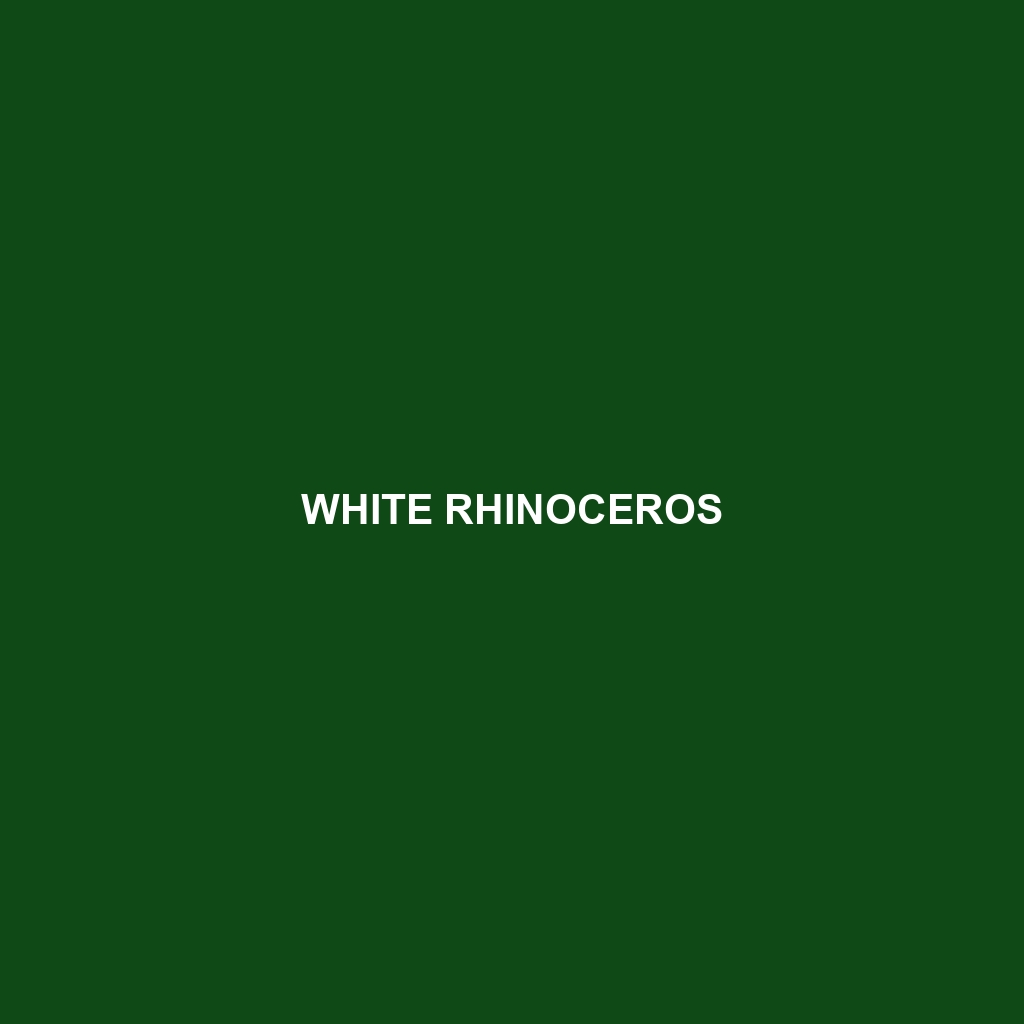Small Indian Civet
Common Name: Small Indian Civet
Scientific Name: Viverricula indica
Habitat
The Small Indian Civet is primarily found in the tropical and subtropical regions of South and Southeast Asia. Its range includes countries such as India, Bangladesh, Myanmar, Thailand, and parts of Malaysia. This species prefers dense forests, grasslands, and rural areas where it can find shelter and abundant food sources. The civet is often spotted in areas near water bodies and is adaptable to both lowland and hilly landscapes.
Physical Characteristics
The Small Indian Civet is a medium-sized mammal measuring about 40 to 55 cm in length, with a tail extending approximately the same length as its body. Its fur is short and coarse, displaying a mix of grayish-brown to yellowish color with distinctive dark stripes and spots along its back and sides. Notable features include a pointed snout and large, expressive eyes that provide excellent night vision. Its paws are equipped with sharp claws, aiding in its climbing and digging activities.
Behavior
Small Indian Civets are primarily nocturnal and exhibit solitary behavior. They are known for their agility and are often seen climbing trees in search of food. Their territorial instincts lead them to use scent marking, which is an essential part of their communication. During the day, these civets typically rest in dense vegetation or burrows to avoid predators. They are also known for their playful nature, engaging in various activities that resemble play fighting.
Diet
The diet of the Small Indian Civet is omnivorous, consisting mainly of fruits, insects, small mammals, and birds. They possess a particular fondness for ripe fruits, which forms a significant part of their diet. Their opportunistic feeding habits make them effective scavengers within their habitat. This species plays an essential role in seed dispersal, contributing to the growth of various plant species in their ecosystem.
Reproduction
Small Indian Civets typically breed once a year, with the mating season occurring from March to June. After a gestation period of approximately two months, females give birth to a litter of two to four offspring. The young civets are born blind and rely on their mother’s care for the first few weeks of life. They begin to explore their environment and learn to hunt alongside their mother before becoming independent at about three months old.
Conservation Status
The Small Indian Civet is currently classified as “Least Concern” by the International Union for Conservation of Nature (IUCN). However, habitat loss due to deforestation and human encroachment poses a potential threat to its population in certain areas. Conservation measures are crucial to ensure the continued survival of this species in the wild.
Interesting Facts
– The Small Indian Civet has a unique ability to produce a musk-like substance, which it uses for marking territory. This substance is often sought after for its use in perfumes.
– Despite being called “civets,” these animals are more closely related to mongooses than to true civets found in Africa.
Role in Ecosystem
The Small Indian Civet plays a vital role in its ecosystem as a predator and scavenger. By feeding on various fruits and insects, it assists in controlling pest populations and promoting plant diversity through seed dispersal. Additionally, their presence in the food chain supports the health of their environment by maintaining ecological balance among predator and prey species.
